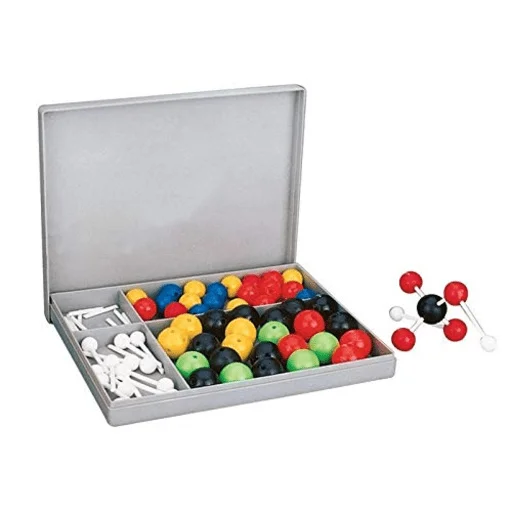Features
-
Color-coded atoms (different colors for different elements like hydrogen, oxygen, carbon, nitrogen, etc.)
-
Flexible connectors to represent single, double, and triple bonds.
-
Durable material (usually plastic or lightweight polymer).
-
Simple instructions manual for building common molecules (like H₂O, CO₂, CH₄).
-
Portable box or case for easy storage.
-
Large pieces for easy handling, especially for younger students.
-
Models both 2D and 3D structures, depending on the molecule type.
Applications
-
Teaching basic atomic structure (nucleus + electrons in simplified form).
-
Demonstrating molecular structures and bonding types.
-
Helping students understand chemical formulas by building physical models.
-
Introducing valency and bonding angles visually.
-
Used in classroom experiments, science fairs, and at-home learning.
-
Encouraging hands-on, interactive learning in chemistry.



There are no reviews yet.